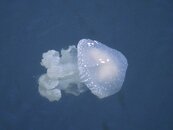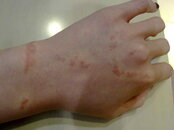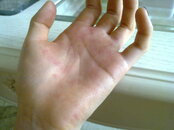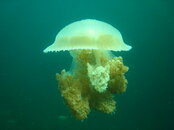Bowmouth
Contributor
I think that thee are more people interested in this topic than you assume, Bowmouth.
Maybe you're right.
The majority of my dives have been done from Live-aboard dive boats far from shore and most dive pro's I have worked and regular contact with are working on similar boats.
The Thai box-jellies only seem to have been seen fairly close to shore in the Andaman Sea so that may have added to the fact that I (and with me many other dive pro's on other vessels) never have seen any box jellies in 20 years of diving.
It's not that I am not interested in this subject. I think commenting to this post shows I have at least some interest in the subject of box jellies. I just find it a subject that in my experience is quite irrelevant to get very excited about given the fact that it's a creature that is extremely rare to encounter during a dive in Thai waters.








